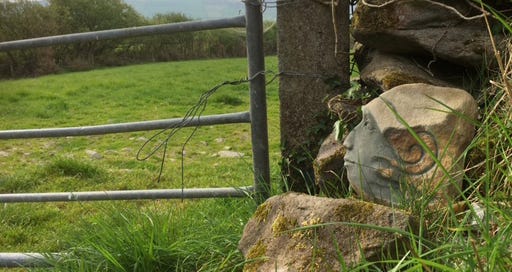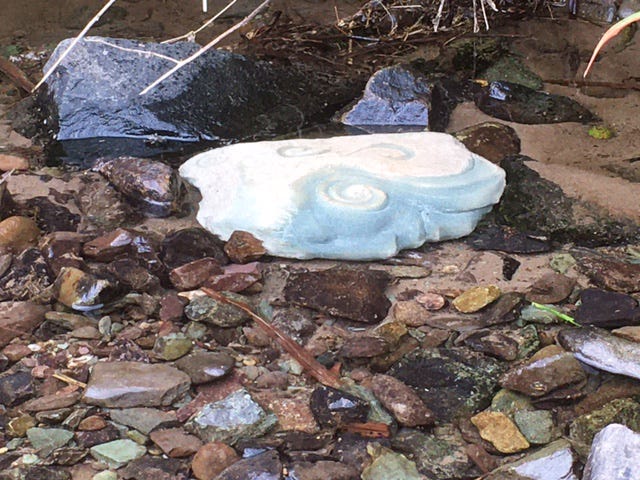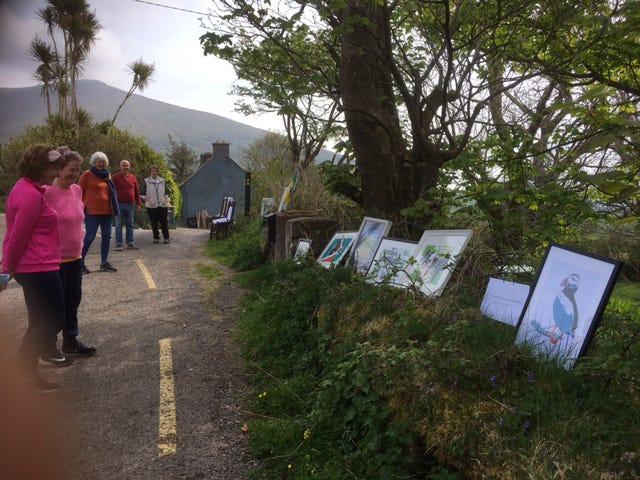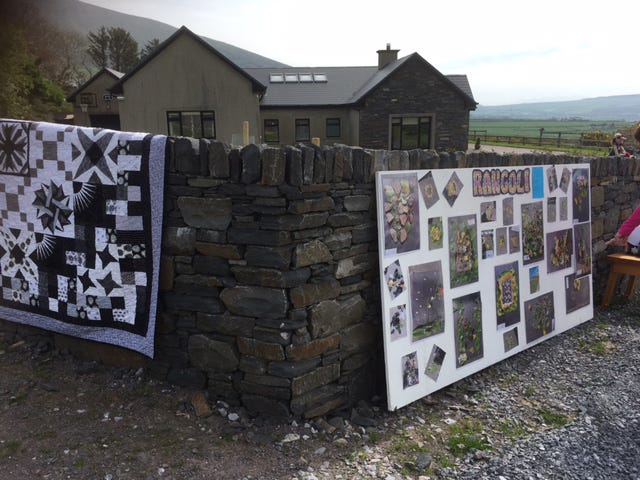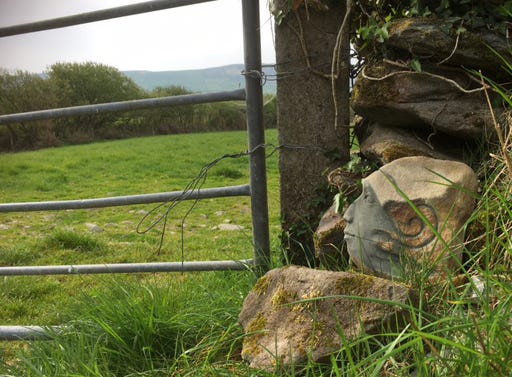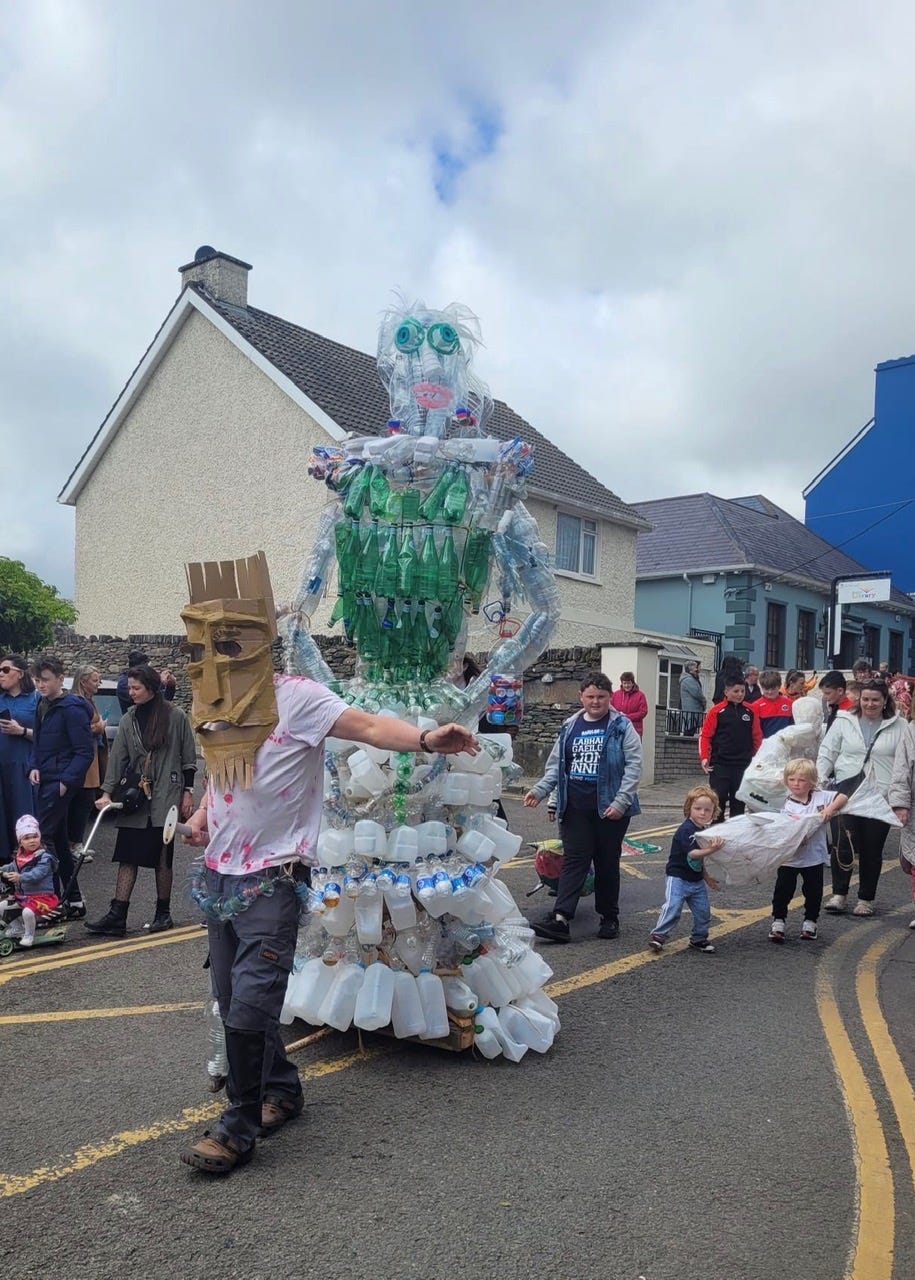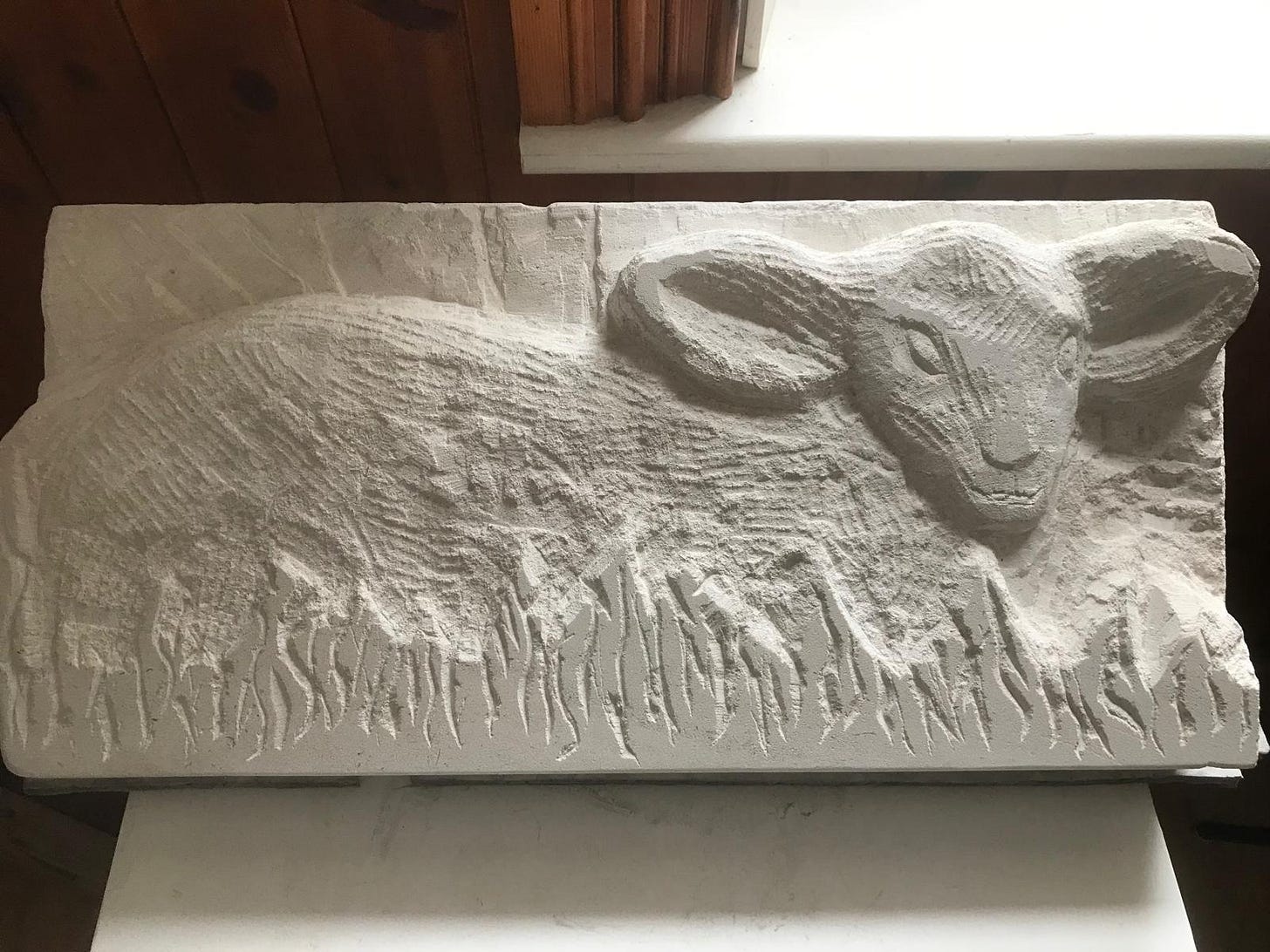If you weren’t sure of the time of year, thanks to the weather, a visit to Dingle this May Day weekend would soon have put you straight. But you might have been a bit confused, wondering whether you’d stepped back in time.
The Féile na Bealtaine (pronounced Fay-la nah Bee-al-tin-uh), marking the beginning of Summer, is an arts festival celebrating one of the four Celtic cross-quarter days, midway between a solstice and an equinox. The others are Lughnasa (beginning of harvest), Samhain (end of harvest and beginning of Winter), and Imbolc (Spring). The solstices and equinoxes are also celebrated in the Celtic Wheel of the Year.
This year’s event in Dingle included a 10-ft-tall puppet representing Peig Sayers, a famous storyteller who lived on Great Blasket Island at the beginning of the 20th Century.
In Ireland, these festivals mean art and cultural events, parades, bonfires, music and general celebrations, particularly across the Dingle Peninsula. Here in Dingle there was everything from druidic rituals and dawn church services to art exhibitions, talks and concerts to parades, craft activities, fire dancing and stick-fighting grannies!
Across Ireland, these Bealtaine festivals often feature fire – bonfires lit on tall hills, dancing around the flames and torchlit processions. It’s thought that fire symbolises the return of the light after Winter, and that lighting your own fire ensures plenty of light and sunshine for the year of harvest to come.
Fire, smoke and ash were believed to have protective properties, so cattle were traditionally driven around bonfires, and rituals performed to ensure the animals’ good health and productivity, before they were let out into summer pastures. At this time of year, the home fire was never allowed to go out, or it might take the luck of the house with it.
Water was also venerated, particularly around May Day, and holy wells decorated with flowers – a continuation of the pre-Christian tradition of well dressing and worshipping the water goddess, and now associated with the Virgin Mary. Flowers are still left on doorsteps and around holy wells and sacred trees.
A Ben Dearnley sculpture in a stream, paying tribute to the spirits of water.
The Féile na Bealtaine in the Dingle Peninsula was begun here in 1994 by the late Dr Micheál Fanning, a local GP and poet who wanted a way to help the communities celebrate their artistic and creative talents. Now the Féile is an established event that defines the creative spirit of the peninsula and brings communities together, both young and old.
For example, a couple of years ago, we held a walk around our local “village” (a handful of houses and a couple of farms), with locals telling visitors about the history and heritage of the area. Along the route were stone sculptures set into hedges and streams, quilts and knitted shawls hung on walls, and children’s paintings strung along fences.
The walk was supposed to take 45 minutes, but with all the chatting with residents along the way, the walkers eventually returned to my Open Studio for tea and cakes nearly two hours later!
Last year, my husband, the sculptor Ben Dearnley, along with members of the public, constructed a huge figure from plastic bottles, which was then paraded down the main street, displayed on the seafront for a couple of days, then ceremoniously taken to the recycling centre.
The Mother of Recycling
This year, we set up a gazebo in the gardens of the Diseart (old convent, now a cultural centre), where young and old were invited to try their hand at carving the Community Lamb in Portland stone with Ben. We also took part in musical sessions in the church and local pub.
Young sculptors take a hand at carving the Community Lamb in this year’s Féile na Bealtaine
So if you are looking for a bit of local culture (with strong overtones of a mysterious pre-Christian Ireland), the May Day weekend is the time to come. Or you can come and help celebrate Lughnasa, Samhain, Imbolc…

